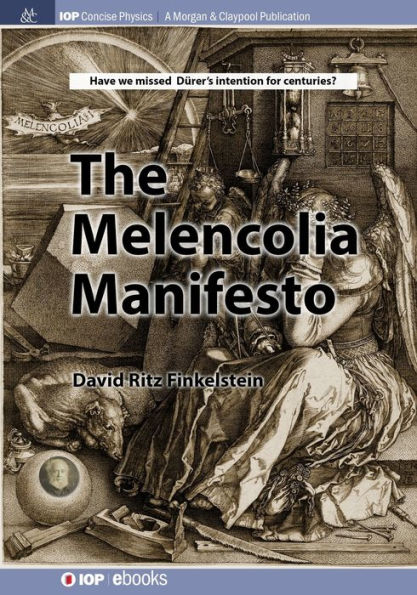5
1
9781681740263



The Melencolia Manifesto / Edition 1 available in Paperback, eBook

The Melencolia Manifesto / Edition 1
- ISBN-10:
- 1681740265
- ISBN-13:
- 9781681740263
- Pub. Date:
- 01/01/2017
- Publisher:
- Morgan and Claypool Publishers
- ISBN-10:
- 1681740265
- ISBN-13:
- 9781681740263
- Pub. Date:
- 01/01/2017
- Publisher:
- Morgan and Claypool Publishers

The Melencolia Manifesto / Edition 1
$35.0
Current price is , Original price is $35.0. You
35.0
In Stock

Product Details
| ISBN-13: | 9781681740263 |
|---|---|
| Publisher: | Morgan and Claypool Publishers |
| Publication date: | 01/01/2017 |
| Series: | Iop Concise Physics |
| Pages: | 60 |
| Product dimensions: | 7.00(w) x 10.00(h) x 0.00(d) |
About the Author
From the B&N Reads Blog
